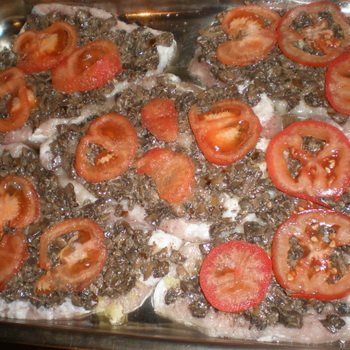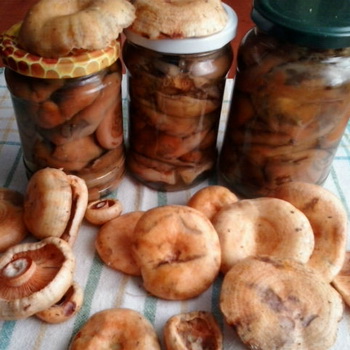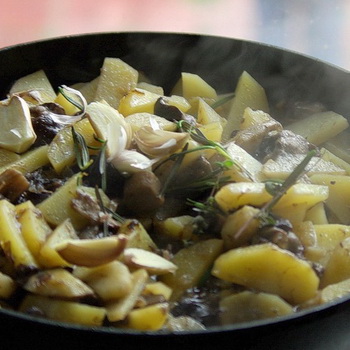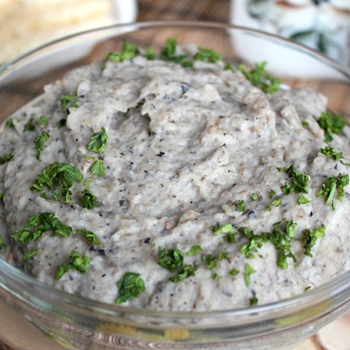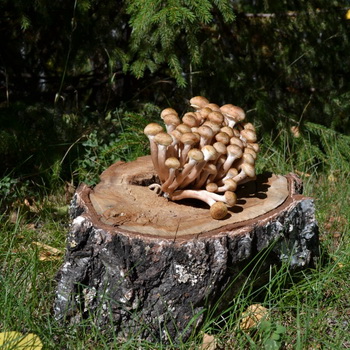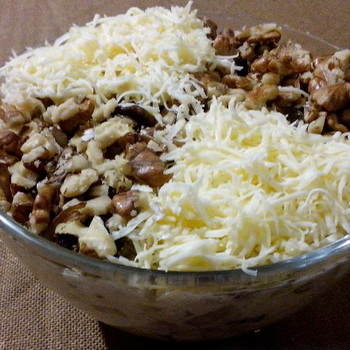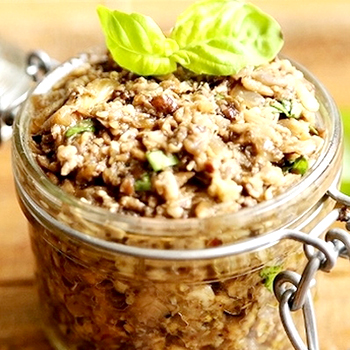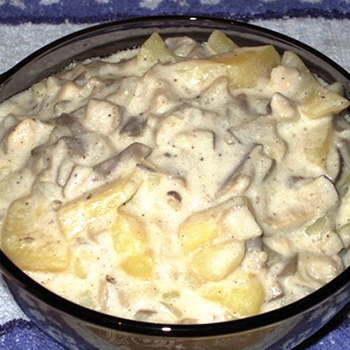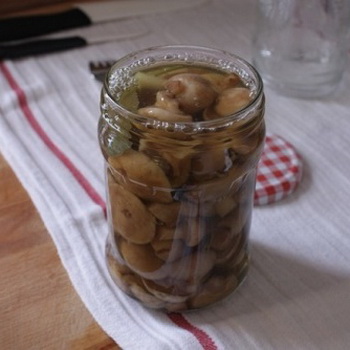How to process boletus after harvest: what to do with mushrooms after harvest
 Surely each of us at least once in our life has come across such mushrooms as boletus. These beautiful fruiting bodies with a characteristic brown oily film on the caps can captivate any fan of the "quiet hunt". Many experienced mushroom pickers agree that picking butter in the forest is a real pleasure. After all, it is known that these are very friendly representatives of the mushroom "kingdom" and do not like to grow alone at all. Therefore, next to one oiler you can definitely find its "brothers".
Surely each of us at least once in our life has come across such mushrooms as boletus. These beautiful fruiting bodies with a characteristic brown oily film on the caps can captivate any fan of the "quiet hunt". Many experienced mushroom pickers agree that picking butter in the forest is a real pleasure. After all, it is known that these are very friendly representatives of the mushroom "kingdom" and do not like to grow alone at all. Therefore, next to one oiler you can definitely find its "brothers".
Butters have excellent taste, being on a par with porcini mushrooms. In addition, they lend themselves well to any processing process that one can imagine with forest mushrooms: frying, pickling, salting, drying and even freezing. It is not surprising that inexperienced mushroom pickers begin their "career" with the collection of butter.
The season for gathering oil: the best time for a "quiet hunt" (with video)
The collection time for butter oil depends on the climate of a particular area. So, sometimes it happens that the first mushrooms can appear in early spring - in the month of April. After all, all they need for fruitful growth is light, warmth and moisture. However, traditionally, the season for gathering boletus begins in late May - early June, and lasts until late autumn. I must say that after heavy rains, the oiler grows very quickly - in just 10-15 hours, a forest edge flooded with sunlight can be filled with a whole family of fruit bodies. Of course, September is considered the most favorable time for harvesting mushrooms. It is noteworthy, but the boletus is very resistant to the extremes of night and day air temperatures.
It is important not to miss the collection time, as boletus is a favorite delicacy for worms. Therefore, it is better to "hunt" for young mushrooms, which have not yet had time to be chosen by insects. Below is a video of collecting butter, clearly demonstrating when, where and how to do it correctly:
Rules for processing oil after harvest
Before you learn how to process boletus after collection, you need to familiarize yourself with several important rules. Firstly, every mushroom in the forest must be cut off with a sharp knife, because pulling it out with our hands, we risk damaging the mycelium. This will lead to the fact that next year in this place you simply will not find a single mushroom. Secondly, having cut off the wormy fruiting body, do not throw it away, but plant it on the nearest branch with the cap down. You will be surprised coming to this place next time: a new harvest awaits you. Thirdly, collect oil only in proven places - away from the roadway and industrial enterprises. This will protect you from poisoning, because these mushrooms absorb harmful chemical compounds from the air well.
So, how to process boletus mushrooms after harvesting? Interestingly, experienced mushroom pickers advise starting this process in the forest. There is always a lot of dirt and debris on the oily caps of these fruit bodies. And if you carefully peel this film with a knife while still in the forest, then you will greatly simplify your task when you come home.
However, if for some reason you were not able to start processing oil in the forest, then after returning home, do not delay this process. Where, then, should you start processing butter oil after harvesting? The first thing to do is spread a newspaper or cloth on the floor. Pour all the harvested crop on top and sort it by size. Then you can start the time consuming process of cleaning the thin slippery film that gets your hands dirty. It must be said that rubber gloves are recommended for this process to help you keep your hands as clean as possible.
The primary processing of oily oils after collection should be dry - they cannot be soaked in water, unlike other mushrooms. You can take a dry sponge and rub each mushroom cap thoroughly. But it is better to do this with a knife: scrape off all visible dirt, remove the oily film, cut out rotten places and remove the remnants of the mycelium from the leg. Only then can the mushrooms be placed in water for 20 minutes in order to remove the remaining dirt. Treatment with boiling water is considered a very effective way to get rid of oil from stuck debris. Place the peeled fruit bodies in a deep container, rinse with hot water and leave for a few minutes.
The next stage of processing will be cutting butter mushrooms. Small specimens can be left intact, while large ones can be cut into pieces. At the end, the mushrooms must be boiled in water with the addition of salt and citric acid. This process is mandatory and should last an average of 25 minutes.
But no matter how carefully you harvest the forest harvest, you will still come across mushrooms with worms. What to do with wormy oil after harvest? You don't need to throw them away: clean and put in salt water for 3 hours. Then the worms will float up, and the larvae will sink to the bottom. Then just rinse the mushrooms with tap water and use them as you see fit. I must say that such mushrooms are perfect for frying and freezing.
How much oil can be stored after harvest
Can boletus be stored after collection and how long is allowed for this? It is important to remember that fresh mushrooms have a short shelf life. You can put them in the refrigerator for several hours. However, fresh boletus is stored for no more than a day, otherwise the production of toxins will begin, which can cause serious poisoning when eaten. And how much oil can be stored after collection and appropriate heat treatment? In this case, the shelf life increases significantly. Prepared mushrooms, depending on what further processing you have prepared for them, can be stored all winter. Pickling or freezing is considered ideal for long-term storage.
So, what to do with boletus after collection, having successfully completed the preparatory stage? In this situation, it would be wise to appeal to your taste and imagination. Based on this, feel free to take on the desired processing process.

